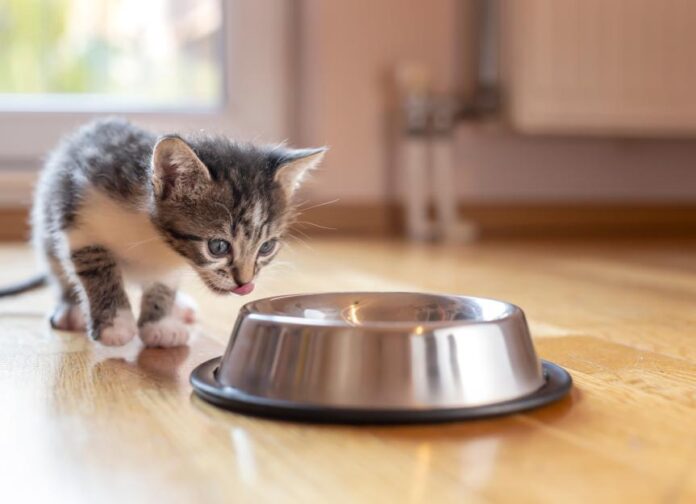The Essential Guide to Feeding Your Kitten
Bringing a new kitten into your home is an exhilarating experience, but it comes with the responsibility of providing proper care, particularly when it comes to feeding. Kittens require frequent meals, and understanding how much and how often to feed them is crucial for their growth and health. This guide covers everything you need to know about kitten nutrition.
When to Start Feeding Kittens
The introduction to solid food should ideally occur when kittens are still nursing from their mother. Typically, around 5 to 6 weeks of age is the best time to place both wet and dry food in front of kittens. This allows them to explore solid food at their own pace, whether they are nursing or bottle-fed. By 7 to 8 weeks, most kittens can transition to an all-solid diet.
What to Feed Kittens
The choice between wet, dry, or a combination of both types of food depends on your kitten’s preferences and the nutritional benefits you wish to achieve.
Wet vs. Dry Kitten Food
Both wet and dry foods offer unique advantages:
- Wet Food Benefits:
- High moisture content: Ensures kittens stay hydrated.
- Mixability: Easy to blend supplements into wet food.
- Increased palatability: Can be warmed to enhance aroma for picky eaters.
- Dry Food Benefits:
- Dental health support: Hard kibble helps control plaque and tartar.
- Mental stimulation: Can be used in puzzle toys for enrichment.
- Cost-efficiency: Often more affordable than wet food.
The Best Kitten Foods
When selecting the best food for your kitten, consider reputable brands such as Purina®, Hill’s®, Royal Canin®, or Iams®. Look for the Association of American Feed Control Officials (AAFCO) nutritional adequacy statement on the label to ensure a balanced diet suitable for kittens.
Good kitten foods should include:
- High protein and fat levels for development
- Omega-3 fatty acids (EPA and DHA) for brain and eye health
- Vitamins E and C for immune support
Top Recommended Kitten Foods
- Dry Kitten Food:
- Hill’s Science Diet Kitten Healthy Development Chicken Recipe
- Purina Pro Plan Kitten Shredded Blend Chicken & Rice Formula
- Wet Kitten Food:
- Hill’s Science Diet Kitten Healthy Cuisine Tender Chicken & Rice Medley
- Royal Canin Feline Health Nutrition Thin Slices in Gravy
How Much to Feed Kittens
The amount of food your kitten needs varies based on their age and weight. This feeding chart outlines daily calorie requirements for kittens:
| Age | Weight | Average Caloric Intake | Frequency |
|---|---|---|---|
| 2 months | 2 pounds | 150 calories | Three meals per day |
| 3 months | 3 pounds | 200 calories | Three meals per day |
| 4 months | 4.5 pounds | 300 calories | Three meals per day |
| 5–11 months | 5.5–10 pounds | 340–540 calories | Two meals per day |
Consult your veterinarian to tailor recommendations based on your kitten’s specific needs.
How Often to Feed Kittens
Kittens should ideally be fed three times a day until they are 4 months old. After that, you can reduce the feeding frequency to two meals per day. Pay attention to your kitten’s eating habits and adjust as necessary.
Transitioning Your Kitten to Adult Cat Food
Most kittens are ready to transition to adult cat food around 12 months of age. Begin by replacing 25% of their current food with adult cat food and gradually increase the percentage over several days. Some kittens may require a more gradual transition, starting with only 10% of the new diet.
Follow these steps to ensure your kitten adapts smoothly to their new diet:
- Start with a 25% adult cat food and 75% current kitten food mix.
- Gradually increase the adult food proportion over a week.
- Monitor your kitten for any signs of digestive issues.
Proper nutrition is vital for your kitten’s health and development. With the right feeding practices, your kitten will grow into a healthy and happy adult cat.











